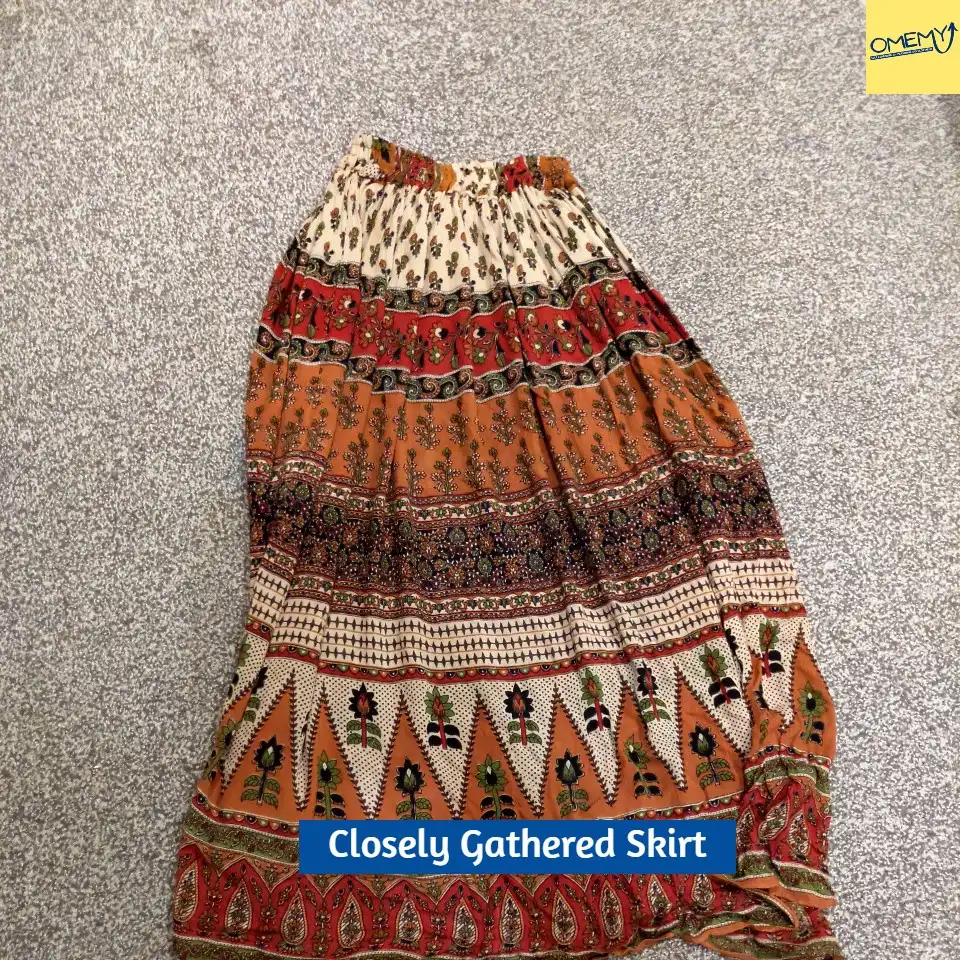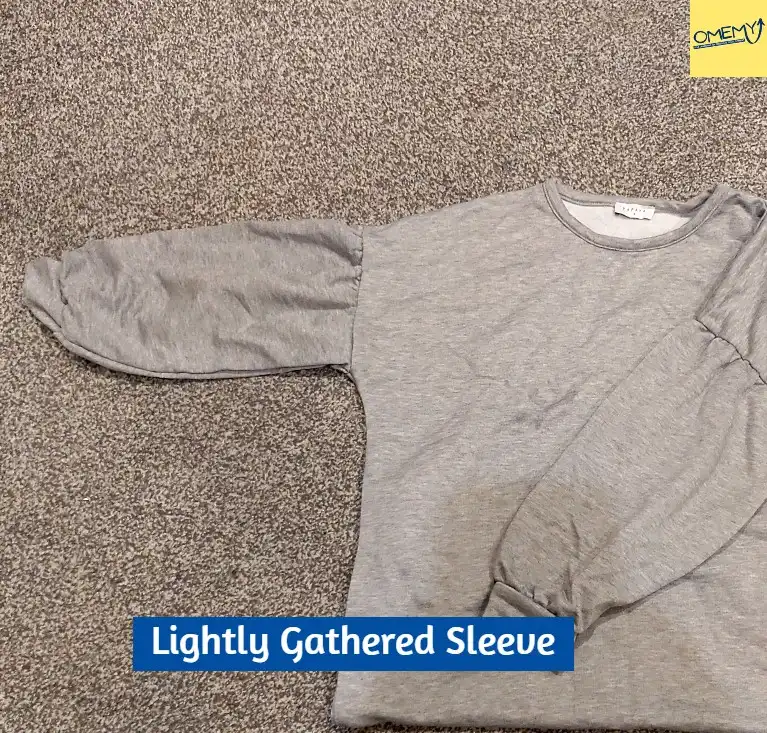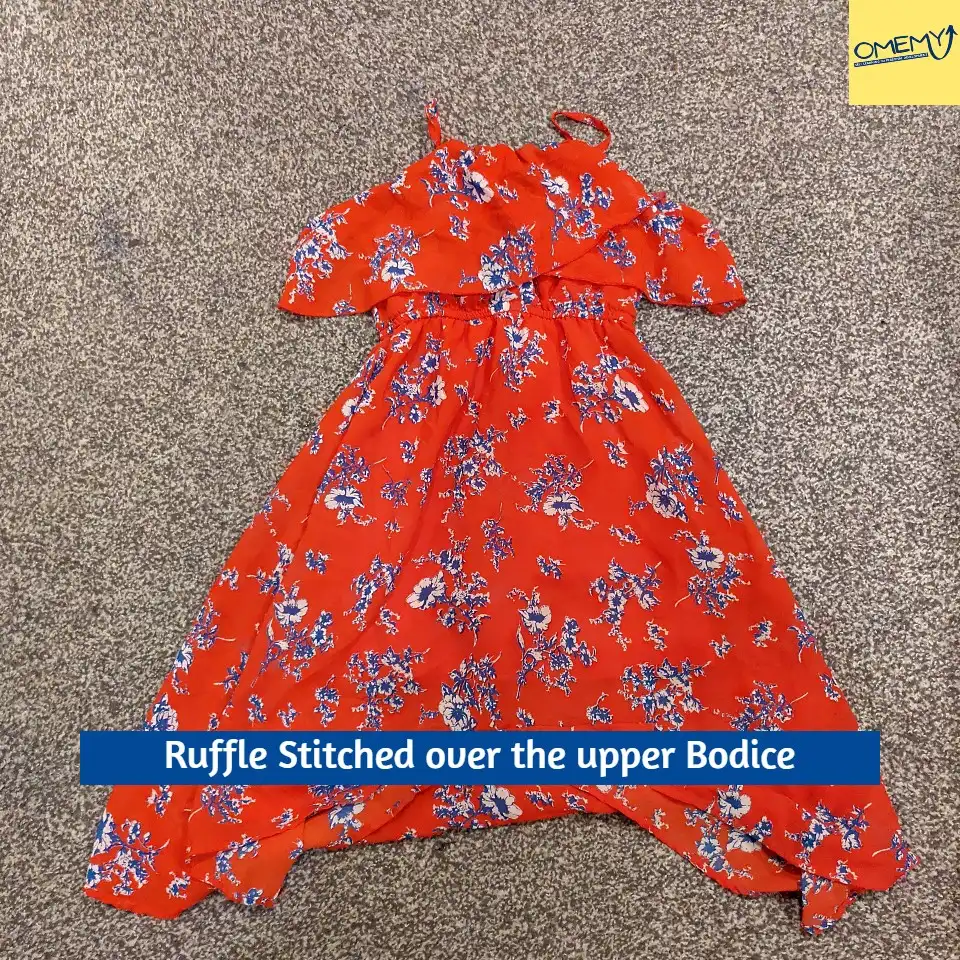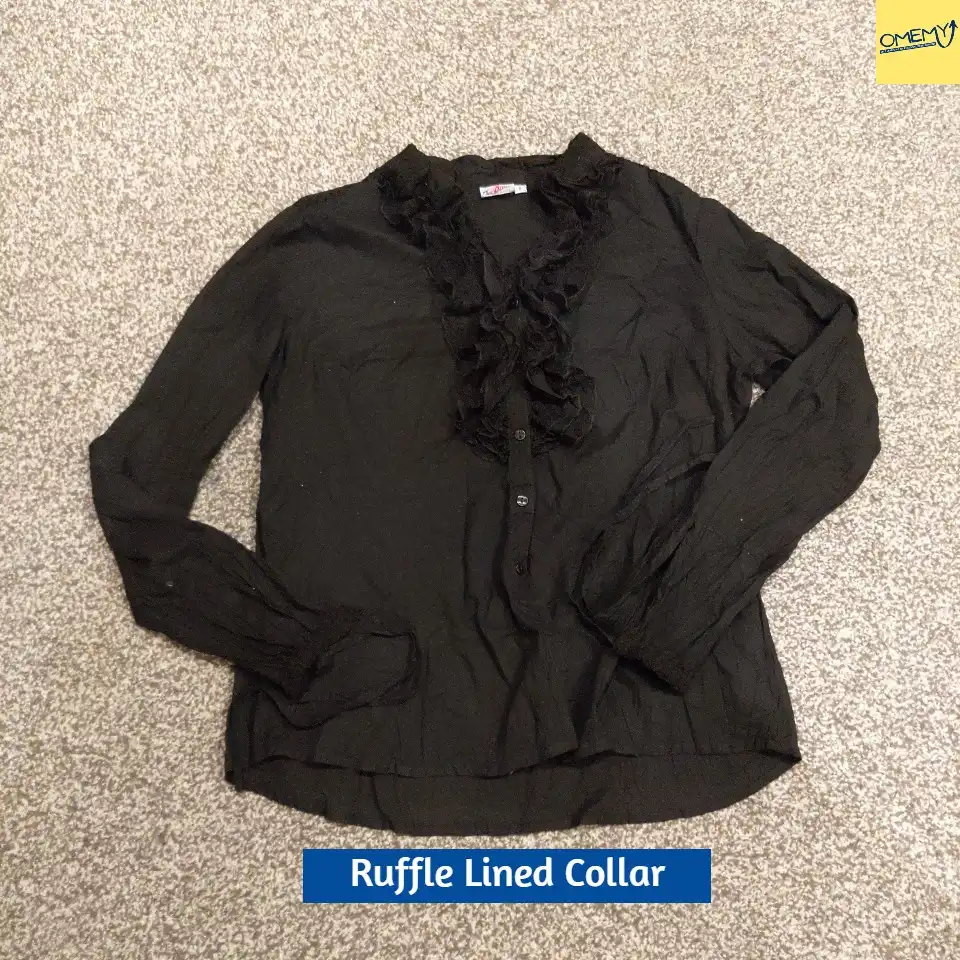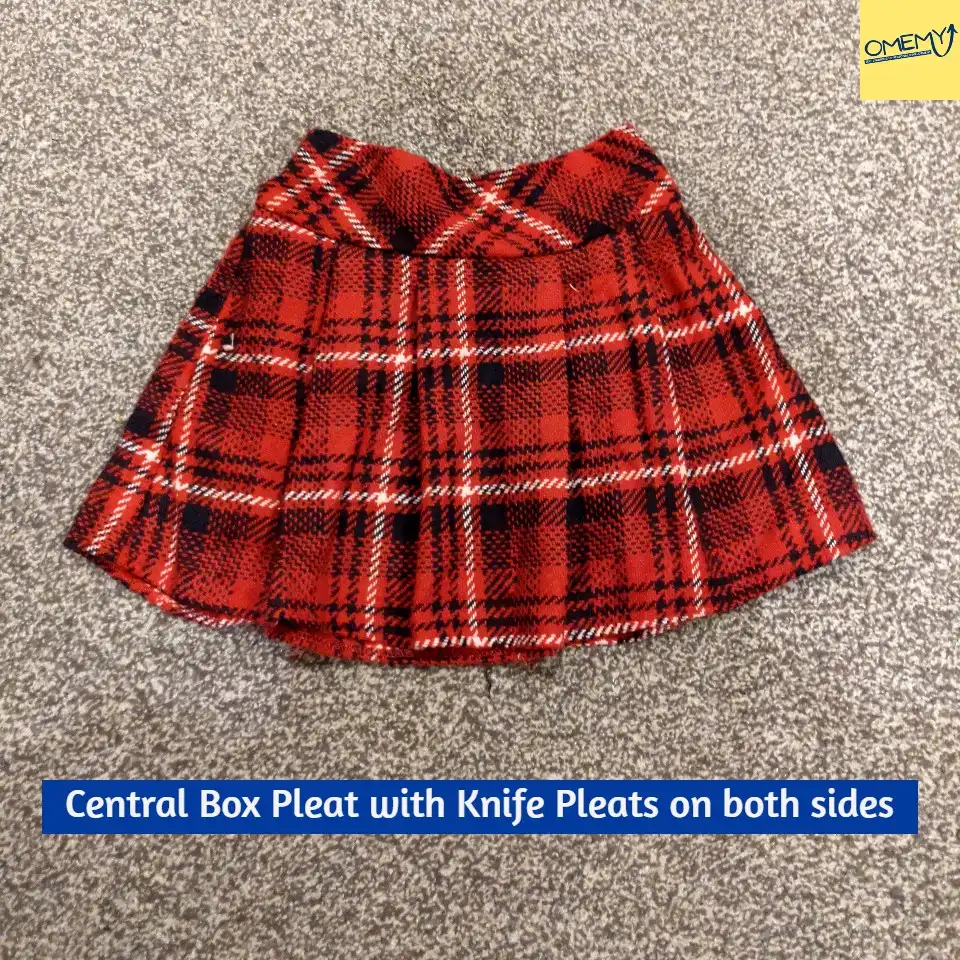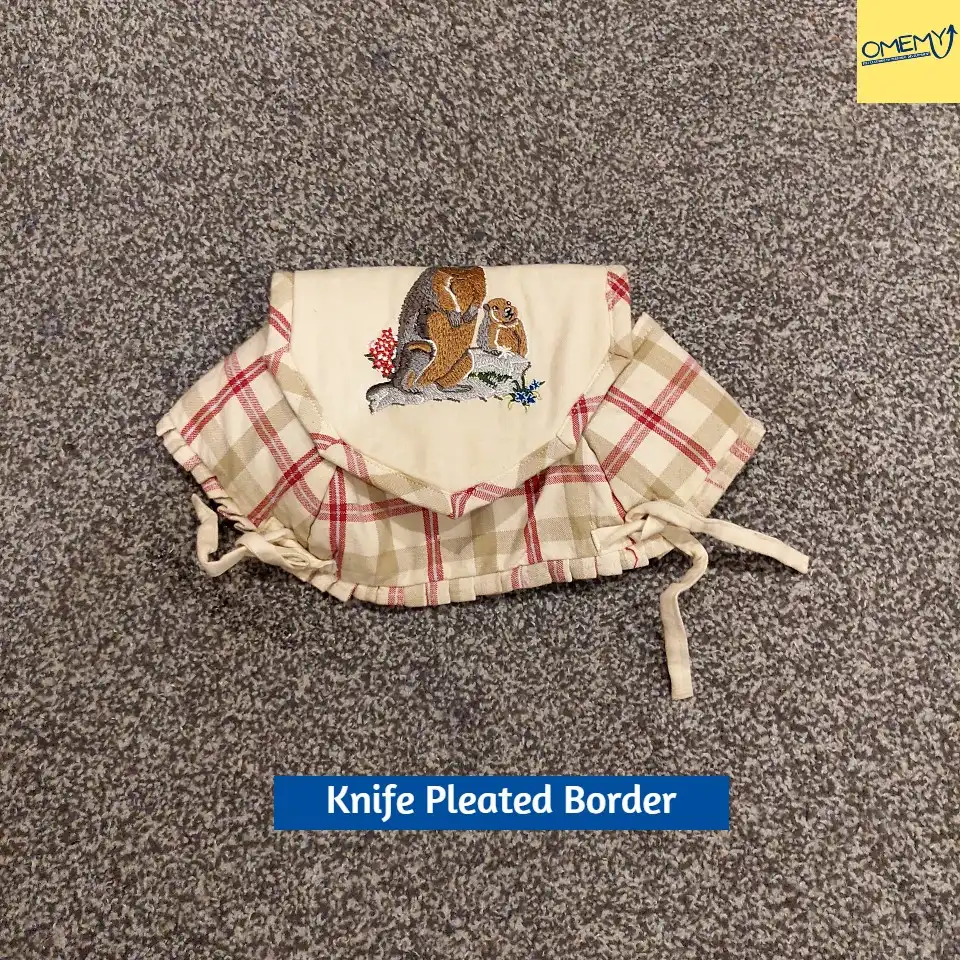Gathers, Ruffles & Pleats in Sewing
- omemy tutorials
- Dec 11, 2021
- 4 min read
Updated: Jun 17

What are Gathers, ruffles and pleats?
Gathers, ruffles and pleats are the primary ways of incorporating fullness details in sewing. Use of these constructional & decorative features is not limited to wearable textiles. Fullness details are equally popular in other sewing sections like home-furnishings & even industrial textiles.
Why do we need Gathers, ruffles and pleats in sewing?
Fullness features like gathers, ruffles & pleats are used in sewing projects for both aesthetic & functional reasons. Aesthetically, fullness details add flow and softness to the design. Of all these, ruffles are the ones almost always used for aesthetic details while gathers and pleats can be used for both aesthetic and functional purposes. Gathers and ruffles have the advantage that they can be easily scaled to big or small sizes, providing just the right amount of casual detailing as and when required. Similarly, pleats are the chosen fullness detail for formal clothing that are used more for functional purposes. Most of us have grown up witnessing pleats as inseparable detail of school uniforms. Functionally, the most important use of gathers & pleats is to keep fullness stitched together at one point while it is free to flow open below that. Alternately, they can also be used to provide frilled edges to sewing projects. In skirts & trousers pleats stitch the fullness at waist while flaring out below waistline to accommodate for free leg movement. It would be interesting to note here that almost all types of straight line seams could be used to stitch fullness, depending on the design requirements.
What are different types of Fullness details in sewing projects?
There are majorly 3 types of fullness details in sewing: gathers, ruffles and pleats.
Gathers
Gathers, as the name suggests is the process of gathering the fabric together at one edge. So, we are essentially gathering the length of fabric to half, one-third or one-fourth of its original length, depending upon the design requirement (so you see there is no hard and fast rule here, well if you do not mind the bulk that gets stitched at one edge). However, it is not advisable to gather too much for thick fabrics.
Gathers could be used as a functional feature like in a gathered skirt or a decorative feature like a gathered sleeve. In every way, they are simply cool & casual! Gathers frequently find place in home-furnishing products like curtain crowns and more. Gathers have also been beautifully used to provide fringed borders to elaborate table-covers and tray covers. It is comparatively easy to stitch gathers. Gathers can be stitched as a one-step process using a gathering presser foot in your sewing machine. Alternately, the traditional process of stitching gathers involves making two temporary stitch lines or machine basting (sewing machine stitch size 5) & then gathering the fabric by pulling the thread and adjusting the gathers uniformly over the pulled thread. Once gathers have been distributed uniformly, another line of permanent machine stitch is made to stich the gathers in place. The machine basting is pulled out once this process is completed.
Gathers have a huge disadvantage of accumulating bulk at the stitching line. For this reason, this detail is often avoided in fitting garments and thicker fabrics.
It is important to note here that the gathered piece of fabric in this case (like a gathered skirt or gathered bodice) is also a functional piece of the final sewing project. If the gathering is being done on an additional piece of fabric that has no functional requirement, it would be rather called a ruffle!
Ruffles
Ruffles are adaptations of gathers but are almost always used for decorative purpose only. The process of stitching a ruffle is almost similar to that of stitching gathers. Ruffles could be one-sided with one edge finished with hand or machine stitch or we can make a folded one-sided ruffle where the folded edge doubles as the finished edge. In the latter, the ruffle would then be double layered. Another interesting ruffle is a double-sided ruffle, gathered and stitched in the centre (as shown in the picture). Here the raw edges first need to be folded and stitched/hemmed and then the ruffle is gathered on a central line.
A third variety of ruffles could be the ones that do not need to be gathered at the upper edge. This infrequent detailing could be seen sometimes in high-end garments where the fabric strip to be ruffled is cut in a circular pattern. This automatically makes one length of the ruffle strip shorter than the other . Once the shorter edge is stitched in straight line, the longer edge automatically falls in flowy gathered pattern. This technique is often utilised in producing cascading effect in ruffles and has the added advantage of keeping bulk off the stitch line, so suitable for close fitting garments.
Pleats
We all are aware of the mighty pleats that define significant part of our formal wear starting right from the school uniform days. Pleats are neat, flattened, perfectly symmetrical & let’s just say perfect in every sense! To stitch pleats, equal sections are carefully marked all along the edge of the fabric and then folded and pressed on itself. Pleats essentially hold 3 times fabric for a particular finished length.
The process of pleating is simple & can be executed as box pleats, knife pleats or inverted box pleats. The difference between the three can be seen in the adjoining pictures. While box pleats & knife pleats are formal fullness details, inverted box can be effectively used as a fitting hack where a single inverted box pleat can be help in making minor alterations or provide ‘not-so-prominent’ fullness management.
Pleats, gathers & ruffles are inseparable parts of sewing projects where they can be used for various reasons ranging from functional to aesthetics. They can also be combined and cleverly manipulated to produce unique and interesting design details. Ever wondered, how many of these do you have in your wardrobe?
-WebP.webp)






